Heads up – Massive Black Friday Deals List is Live!!! The Garmin Fenix 8 is $250 off (even the Fenix 8 Pro is $100 off!), the Apple Watch Ultra 3 is on sale, the Garmin inReach Mini 2 is $249, the GoPro Hero 13 Black, DJI NEO, and a ton of other brands/deals, including Wahoo, Oura, Whoop, Polar, Samsung, Google, and more than 100 sports tech deals here!
I’m DC RAINMAKER…

I swim, bike and run. Then, I come here and write about my adventures. It’s as simple as that. Most of the time. If you’re new around these parts, here’s the long version of my story.

You'll support the site, and get ad-free DCR! Plus, you'll be more awesome. Click above for all the details. Oh, and you can sign-up for the newsletter here!
Here’s how to save!
Wanna save some cash and support the site? These companies help support the site! With Backcountry.com or Competitive Cyclist with either the coupon code DCRAINMAKER for first time users saving 15% on applicable products.
You can also pick-up tons of gear at REI via these links, which is a long-time supporter as well:Alternatively, for everything else on the planet, simply buy your goods from Amazon via the link below and I get a tiny bit back as an Amazon Associate. No cost to you, easy as pie!
You can use the above link for any Amazon country and it (should) automatically redirect to your local Amazon site.
While I don't partner with many companies, there's a few that I love, and support the site. Full details!

Want to compare the features of each product, down to the nitty-gritty? No problem, the product comparison data is constantly updated with new products and new features added to old products!

Wanna create comparison chart graphs just like I do for GPS, heart rate, power meters and more? No problem, here's the platform I use - you can too!

Think my written reviews are deep? You should check out my videos. I take things to a whole new level of interactive depth!

Smart Trainers Buyers Guide: Looking at a smart trainer this winter? I cover all the units to buy (and avoid) for indoor training. The good, the bad, and the ugly.
-
Check out my weekly podcast - with DesFit, which is packed with both gadget and non-gadget goodness!

Get all your awesome DC Rainmaker gear here!
FAQ’s
I have built an extensive list of my most frequently asked questions. Below are the most popular.
- Do you have a privacy policy posted?
- Why haven’t you yet released a review for XYZ product you mentioned months ago?
- Will you test our product before release?
- Are you willing to review or test beta products?
- Which trainer should I buy?
- Which GPS watch should I buy?
- I’m headed to Paris – what do you recommend for training or sightseeing?
- I’m headed to Washington DC – what do you recommend for training?
- I’m from out of the country and will be visiting the US, what’s the best triathlon shop in city XYZ?
- What kind of camera do you use?
-
5 Easy Steps To The Site
In Depth Product Reviews
You probably stumbled upon here looking for a review of a sports gadget. If you’re trying to decide which unit to buy – check out my in-depth reviews section. Some reviews are over 60 pages long when printed out, with hundreds of photos! I aim to leave no stone unturned.
Read My Sports Gadget Recommendations.
Here’s my most recent GPS watch guide here, and cycling GPS computers here. Plus there are smart trainers here, all in these guides cover almost every category of sports gadgets out there. Looking for the equipment I use day-to-day? I also just put together my complete ‘Gear I Use’ equipment list, from swim to bike to run and everything in between (plus a few extra things). And to compliment that, here’s The Girl’s (my wife’s) list. Enjoy, and thanks for stopping by!
Have some fun in the travel section.
I travel a fair bit, both for work and for fun. Here’s a bunch of random trip reports and daily trip-logs that I’ve put together and posted. I’ve sorted it all by world geography, in an attempt to make it easy to figure out where I’ve been.
My Photography Gear: The Cameras/Drones/Action Cams I Use Daily
The most common question I receive outside of the “what’s the best GPS watch for me” variant, are photography-esq based. So in efforts to combat the amount of emails I need to sort through on a daily basis, I’ve complied this “My Photography Gear” post for your curious minds (including drones & action cams!)! It’s a nice break from the day-to-day sports-tech talk, and I hope you get something out of it!
The Swim/Bike/Run Gear I Use List
Many readers stumble into my website in search of information on the latest and greatest sports tech products. But at the end of the day, you might just be wondering “What does Ray use when not testing new products?”. So here is the most up to date list of products I like and fit the bill for me and my training needs best! DC Rainmaker 2024 swim, bike, run, and general gear list. But wait, are you a female and feel like these things might not apply to you? If that’s the case (but certainly not saying my choices aren’t good for women), and you just want to see a different gear junkies “picks”, check out The Girl’s Gear Guide too.

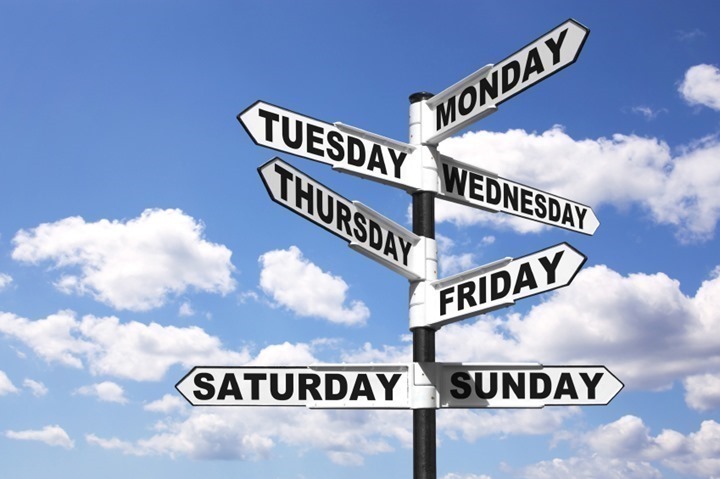
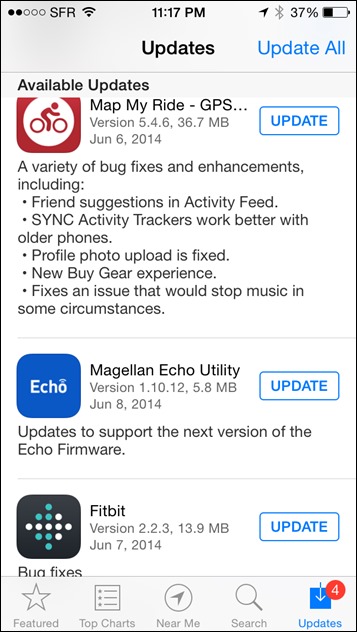
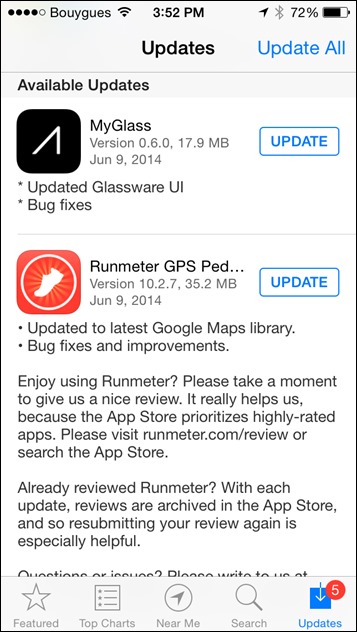
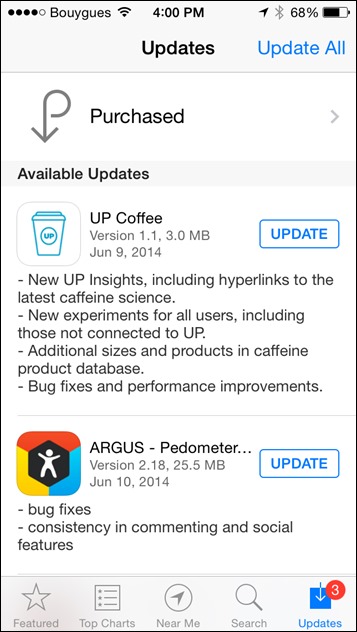
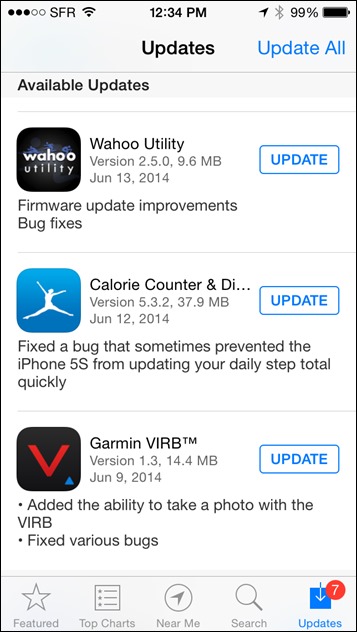


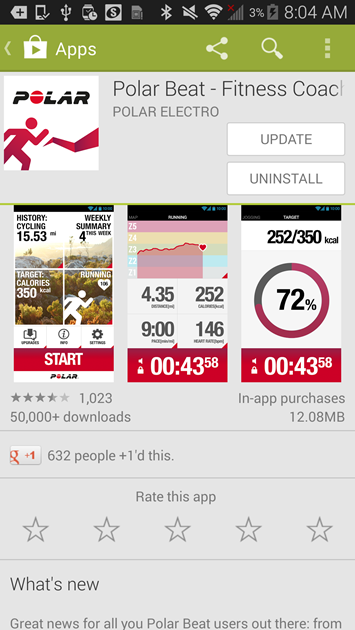
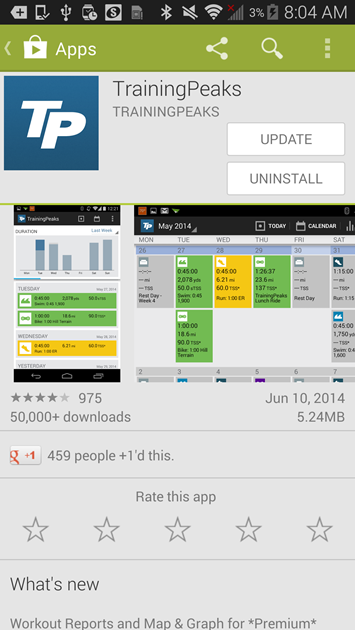


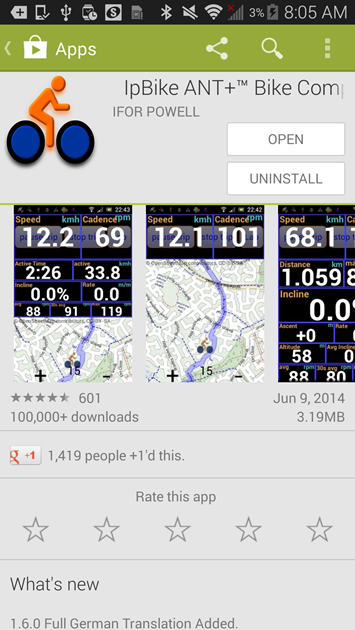

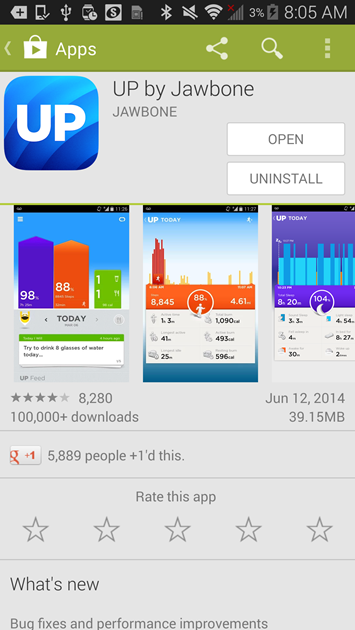
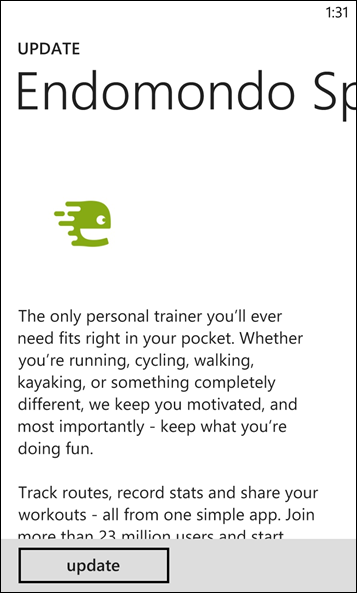
















Hallo Ray, thanks again for a very informative post. You wrote that you were taking the Mio 505 into the mountains, was the software as much a disaster as is written on the Internet?
Looking at the barometric altimeter data, it’s spot-on with the other 8-10 devices I took with me on each ride.
Ray you really need to compare the pressure sensor altitude performance some where not so hilly. Big hills are easy to get good climb numbers on even gps based want be to bad if your going up and down big hills. The hard bit is not getting any climb when your on the dead flat but still getting some sensible climb when you go over a series of 10m up and downs. Your rides and runs in Paris are far more challenging than the big mountain stuff.
ifor, from a tech and science perspective, your comment doesn’t make much sense. I’ve never heard of any altitude tech that is more accurate, or less accurate, based on the presence or lack thereof of hills. There are atmospheric, ionospheric, even magnetic effects on altitude accuracy and precision, but never whether one was traversing on hilly or flat terrain. If you have references on that, please share.
wombhat – I don’t think your getting ifor’s point. A difference of 10 M is negligible in big hills and differences of this amount are to be expected amongst different units. 10 M, when that is the size of the hill is not negligible – all the science is absolute, not a percentage. The actual resolution and precision of the recording device will most certainly affect it’s ability to record smaller differences in terrain accurately and consistently. In fact software, and the correction algorithims may affect this as well.
Indeed absolute altitude will not be affected at all by the terrain. The stat people tend to really want to know though is how much climb did I do on my ride or run. For this the differentiation of going up to going down to being on the flat is the critical thing. Just comparing over one or two big hill will show very little difference where as if you have 10 or 20 smaller hills then you may tend to get some real differences between devices.
I agree with ifor. Its the short up and downs where the differences between devices are important. The elevation profile of a ride on a web site like mapmyride or ridewithGPS may look relatively flat between two different rides but one the is constantly going up and down is still harder then one that isn’t and the elevation gain should show that
“Big hills are easy to get good climb numbers on even gps based want be to bad if your going up and down big hills.”
I wouldn’t be so sure about that, or at least my small Strava circle begs to differ. The ones still using GPS elevation, regardless of the device, get ludicrously high numbers, and it makes sense too, triangulation is subject to a pretty large error on the vertical plane thus GPS sees them going up and down a lot, the total ascent piles up, big climbs or not.
Strava at least used to do an online lookup if they thing you don’t have a barometer based altitude solution. So the data there is not off the gps altitude but the online lookup based on the gps position. This tends to be worse in hilly terrain than flat terrain as a slight fluctuation in horizontal position when on a steep slope means you get the looked up elevation data fluctuating a lot. On flatter terrain the horizontal error once looked up for elevation leads to less variation.
Gps based elevation (or at least that I have seen lots of from phones) will tend to stay at a level for a number of data points then jump to a new level for a number of data points. These levels can fluctuate a lot e.g. say +- 10m so you get bad false climb numbers. When going up a big hill consistently though the chances of the fluctuation going lower than the previous point are lower because of the consistent climbing so you get a better total climb number.
Hi Ray, looking forward to the list of Fit tools. Here’s what I use for joining fit files currently. You need to have both files downloaded locally and then run, copy the lower box out to a new file and then upload again but the quickest and easiest I could find. Is here, post #3, all credit goes to AIM4MIN for this tool:
link to forums.garmin.com
I use this to combine TCX files and it works well. If you have more than one file to join, you can join file1 and file2 and make file1_2. You can then combine file1_2 with file3 to make file1_2_3.
It is a Java app and you have to do a little cut and paste but other than that, it does exactly what you need.
Looking to buy a fitness tracker, currently use a garmin 510 with cadence and heart rate while cycling. Looking for something that will integrate with my cycling data and also a cal counter. PC access will be limited at work so iPhone integration would be a big plus. What would folk recommend?
Since you’re already on the Garmin platform, I’d go with Vivofit (which will sync to your iPhone during the day via Bluetooth Smart). Check out the full review in the product review sections.
Wow, with the Google fitness and health data/API effort, and Apple’s, and Samsung’s, Garmin’s closed data world/pay to share data approach seems fatal to Garmin in the fitness space. But maybe Gamin has given up on data and firmware competency and is planning on being an OEM or contract manufacturer of fitness hardware for the firms with robust and open data apps.
To be fair, it’ll depend on what type of data and how it’s stored. For example, if we look at past efforts like HealthVault and Google Health, those weren’t really designed for sport/fitness data – but rather generic health/wellness data.
It’s one of the things I’m looking into talking to the right devs on the Apple side to see how that platform is looking from a data storage standpoint.
Wonder if Apple will have the data being open to allow syncing: link to fitnesssyncer.com
With regard to fit files i’ve using repairfitfile – also for combining several files. I.e swim data from a 910xt with heartrate from a vivofit.
link to fitfilerepairtool.info
Sweet, thanks!
Any further news about the update for the Garmin 620 which will included cycling functions? (I’m only a little impatient!)
It was supposed to be Thurs/Fri, but sounds like it slipped to this week. I should hear Monday sometime the exact date.
Thanks so much for your continued information on this. You’re also a refreshing voice of reason over on the Garmin forum.
Am I the only one thinking that the Roofscope would last maybe 15min on the car, suction cup would fail and fly away?
I’ve never seen a suction cup work properly, especially in the sun, and that’s after having used about 2 dozens different ones :|
Yes, regarding The Real Starky would you do a (mock) review of the T Shirt if they sent it to you and it wasn’t vaporware? Curious minds want to know – and The Real Starky seemed to suggest that you’d reveal the inner workings/real incremental value.
(not to add to your copious workload – but I figured you’re up for a little humor now and again). As with most things I won’t buy one until you’ve given your stamp of (dis? re: recent Garmin 1000 which has promise to be sure) approval.
Curious minds will have to remain curious… ;)
What is your take on these 2 new similar KickStarter products?
link to kickstarter.com
link to kickstarter.com
Airdog one is actually based in (Northern-Eastern) Europe, Latvia it is. This month they are staying in USA during the Kickstarter.
Funny, I was just looking at those earlier this morning. I backed the Hexo one, simply because it’s cheaper.
The File Combiner is now live on the FIT File Tools site! Upload multiple FIT files (up to 3) and it produces a single activity and file. You have the option of producing a single-session file, which is what is required by Strava and TrainingPeaks, or a multi-session file. A multi-session file is similar to the FIT files produces by multi sport devices. Please send any feedback. Thanks!
Couple of questions regarding trimming activity files…
-Is it easier/more accurate to trim .fit, .gpx, or .tcx files?
-I see you and others have discussed combining 2 or 3 files together — what tools are available to trim a file — ie, “I was so excited about my new PR that I forgot to stop my watch when I crossed the finish line” adjustment to a file? Said another way, how can I trim the last 15 minutes off the end of a file?
Thanks.
Paul,
I don’t think any one file type (fit, gpx, tcx) is easier or more accurate to trim than another. Garmin Edge devices write a “Record Message” once a second, so by trimming you’re just removing records.
Strava has a trim function. In WKO+ you can trim data by switching to the “Raw Data” view and cutting specific records. I can write a simple trim / crop tool on FIT File Tools if you’re interested.
Thanks
Kevin-
Thanks for your reply. How would the FIT File Tool work? Is it an app? Or something else? Thanks again.
The FIT File Tool is a website – http://www.fitfiletools.com. For the trim tool I imagine you would upload your file then specify a time range to trim.
Thanks for the link.
Oooh Fit tools, amazing! thanks Ray.